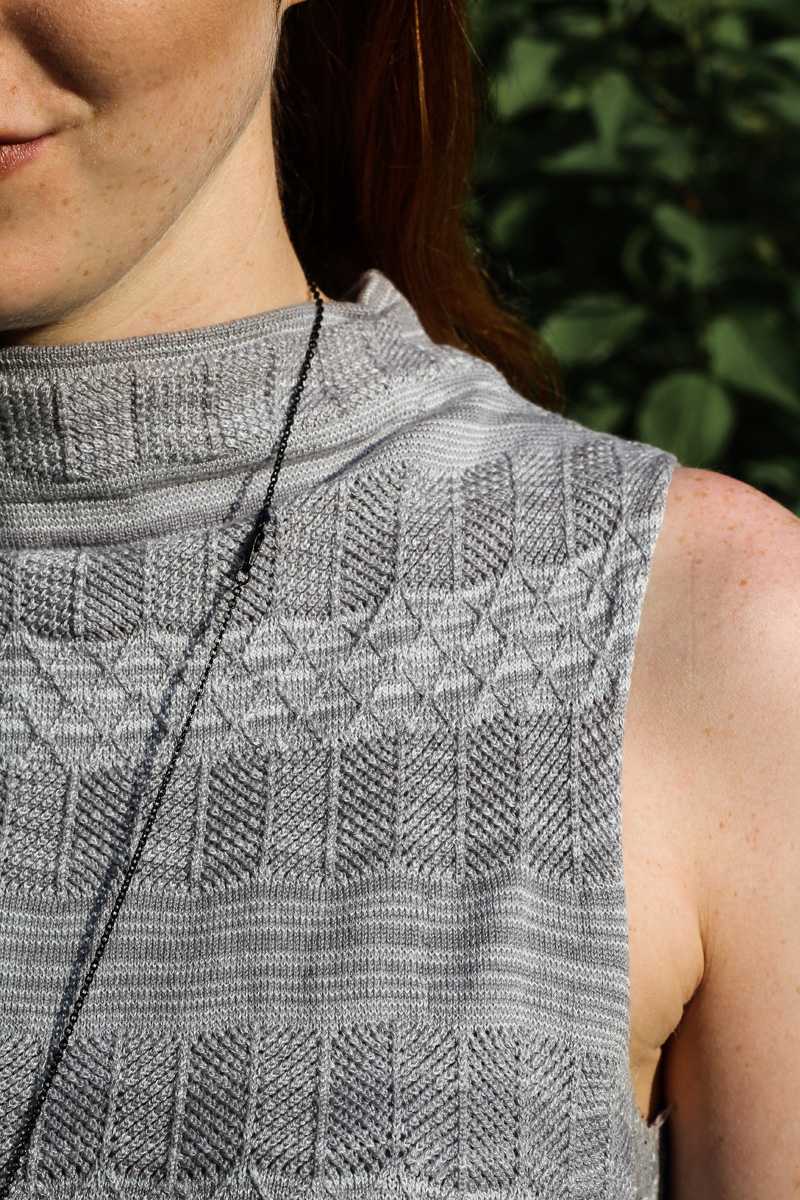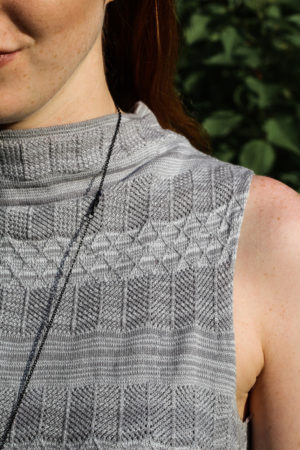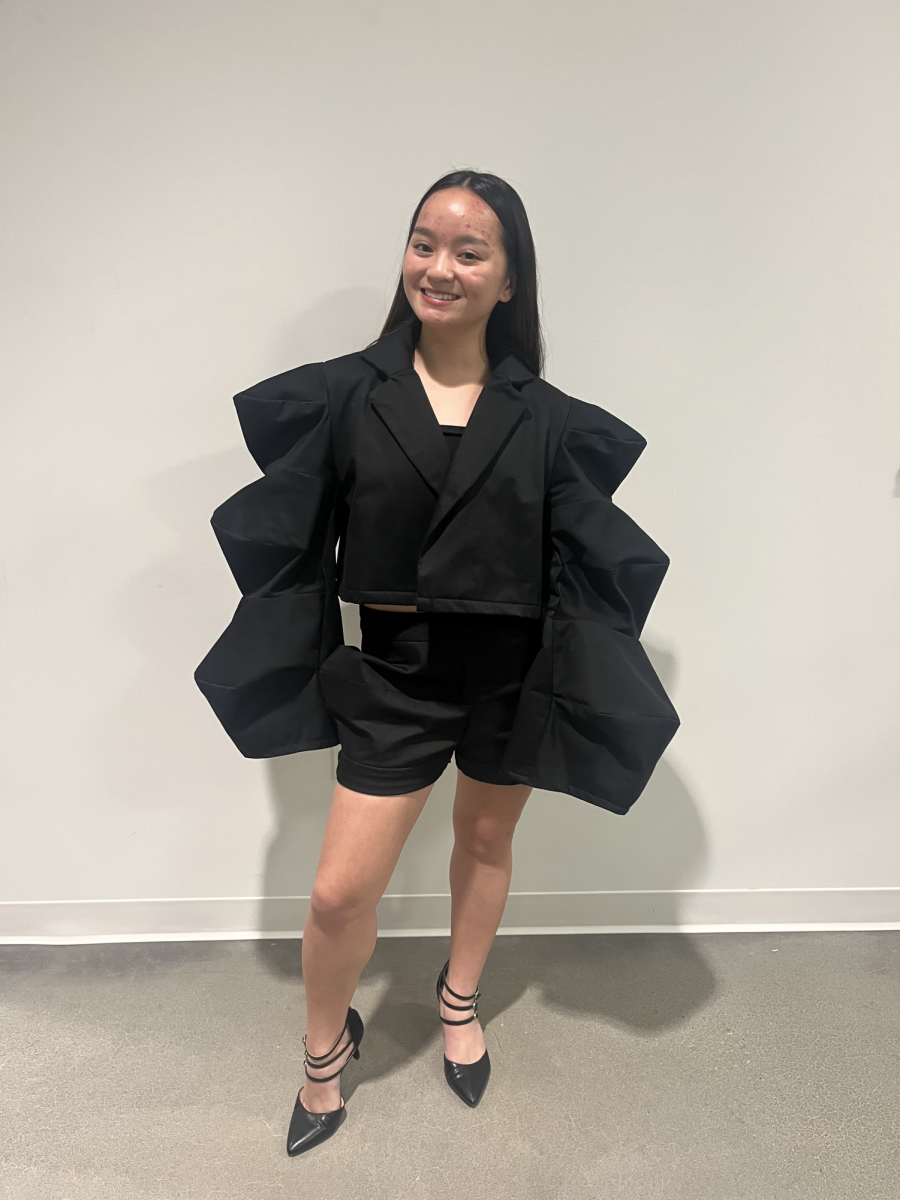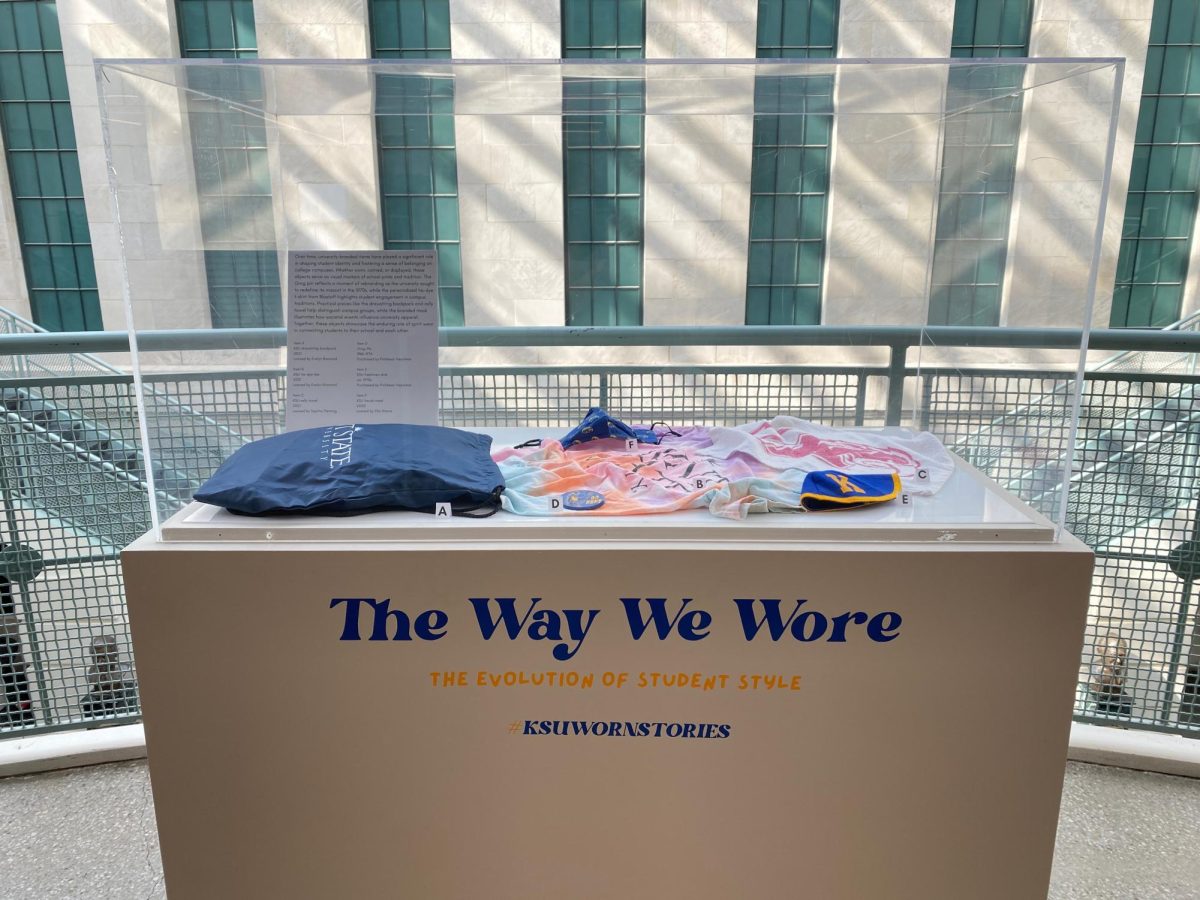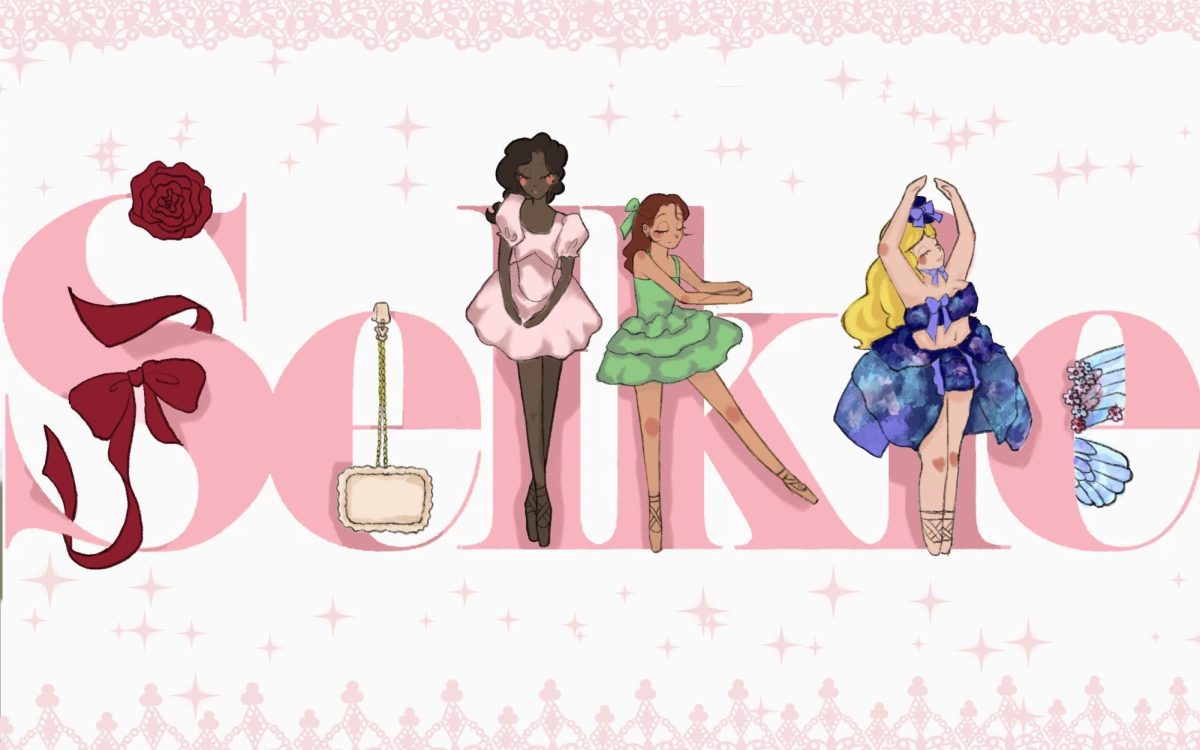Ryan Gosling does it. Amanda Seyfried does it. Even protestors for the Women’s March do it.
Whether for passing time or making “Pussyhats” to call forth social change, a resurgence in knitting among Gen Y seems to have the fashion industry taking note.
Although this may be the perception of old ladies toiling away on their needlework (Old Maid, anyone?), trend forecasting service Worth Global Style Network, commonly known as WGSN, predicts granny chic will be one of the fashion focuses for this year.
Among its four forecasts for Women’s Spring/Summer 2017, “Edgleands” aims to focus on the middle ground between “urban grit and romantic folk,” favoring thoughtful handmade items expressed through lace and knitwear.
Not only will it be acceptable to wear granny’s knitted sweater, but also her couch, her wallpaper and her doilies, too.
But cultivating this trend is not as simple as putting items together; for Katryn Seeburger, a senior fashion design student with a focus in knitwear, she has to make them.
“When you’re making a garment, you have to make a cut-and-sew pattern,” Seeburger says. “[Next,] figure out the measurements for how many stitches per inch, how many rows per inch, and then you have to calculate how the shape will work out on the machine.”
This is no easy feat; the process can take an average of two days if Seeburger says she can focus solely on completing every step.
Alyssa Lamont, a senior classics major and novice knitter, takes a more low-key approach to knitting.
At 8 years old, Lamont began learning with a group of friends from an older woman teaching classes through the library.
Although she was the only one to stick with it, Lamont says her enjoyment also gave her a connection to her to her grandmother, whose crocheted projects decorated the home while she was growing up.
“I taught myself how to crochet, [and] having my grandma’s crocheted stuff influenced me to learn,” Lamont says. Her grandmother died before she could teach her herself, but says if her dad had learned from his mom and enjoyed it, she would try, too.
Lamont and Seeburger represent a part of a growing group not only pushing forward the granny chic movement, but also changing the overall knitting demographic during the last decade; the Craft Yarn Council of America found in its annual survey yarn sales went up 150 percent in 2002 to 2004 because of women ages 25 to 34.
Seeburger sees this trend as a shift in the quality of goods millennial shoppers are willing to buy.
“It’s different from what we have seen in the past 10 years,” Seeburger says. “When garments fall apart, you throw them away, [and] this idea of ‘grandma chic’ is kind of something that’s more lasting and has a more sense of love in it versus quick statement pieces.”
This made-with-love mindset may partly stem from her original teacher; at the age of six, Seeburger was taught by her babysitter, a kind woman in her 60s, who would sell her handmade goods at the fall fair.
“She would knit and weave baskets, and she told me if I helped her wind her yarn into balls, she would teach me how to knit,” Seeburger says.
It wasn’t long after that she had the knitting bug, continuing to hone the craft all the way through high school, and unexpectedly, into college.
“Before I started taking classes, I hadn’t finished a knitted project in years, [but when the Fashion School] announced we were getting a Stoll machine, it became a specialization of mine and really re-sparked my interest in knitwear,” Seeburger says.
These are not your grandma’s average knitting needles; Stoll, a German company that produces tools to mechanize the knitting process and is the leader in flat knitting machines according to the company’s website, allows for a technicality that could only be realized through an automated process, which Seeburger says gave way to a better appreciation for construction.
“It’s kind of changed my ability to see differences in each of the textiles,” Seeburger says. “I’m able to see what the sweater designer went through when trying to design the sweaters that are in the stores, and …it has allowed me to apply a mathematical mindset and appreciate the thought and consideration that goes into each of the garments.”
Both women illustrate the idea that young people find interest in creating their own goods, placing them at a higher quality and sentimental value over fast-fashion retailers, which sell low-quality trend pieces only produced for a one-season use.
Today, Lamont’s dorm room is well-stocked with the essentials; yarn flows from every crevice, connecting her to her familial lifeline, while knitting needles and crochet hooks skewer half-done projects.
Lamont says college turned her extra curricular activity into a very practical pastime because “it’s relaxing, [and if] people are stressed, it’s a great way to relieve it.”
To her, the resurgence of knitting with millennials is nothing more than “the current generation [being] obsessed with the past generations,” looking for something nostalgic to bring back and make their own. Lamont says this “always happens.”
If it’s ethical consciousness or simply relieving stress, cozy up with a pair of knitting needles and yarn, revel in nostalgia and create—like only your feline companion is watching.



